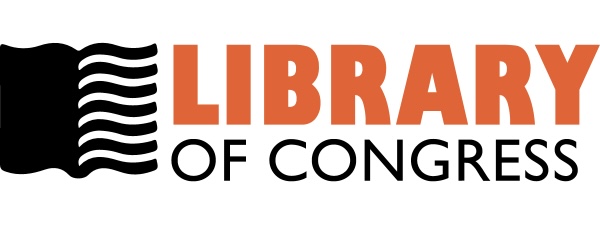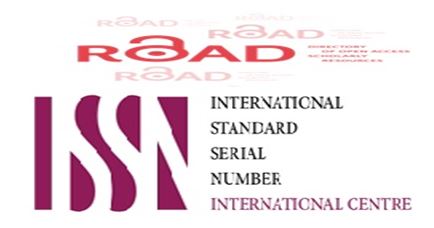Laparoscopic Cholecystectomy; It’s Complications and Causes of Conversion to Open Cholecystectomy.
DOI:
https://doi.org/10.32007/jfacmedbagdad.554567Keywords:
Laparoscopic Cholecystectomy, Cholecystitis, Cholelithiasis .Abstract
Background: The laparoscopic cholecystectomy is the gold standard for treating the symptomatic cholelithiasis. Conversion is sometimes necessary due to finding unexpected pathology,intraoperative complications or unexpected technical errors .
Objectives: The aims of this study were to determine the complications and the predictive factors of conversion in patients undergoing laparoscopic cholecystectomy for various indications in elective and acute settings in a general hospital in order to reduce the incidence rates of both , complications and conversion of laparoscopic cholecystectomy to the open technique .
Patients and Methods: This is a prospective study included 128 patients [their ages ranged from18 -65 years; the mean =39.60 ± 11.37 SD years].Female patients were 111 (86.7 ) ,male patients were 17 (13.3 % ) . These patients underwent a laparoscopic cholecystectomy in AL-Karama Teaching Hospital / College of Medicine / Wasit University-Iraq,from April 2011 till December 2012. Recorded data were sex, age, indications for laparoscopic cholecystectomy , complications, conversion to the open technique , reasons of conversion, co- morbidity , length of the hospital stay and 30- day mortality.
Results: The intraoperative complications were; bleeding from the cystic artery in 9 patients (7.03 %), perforation of the gallbladders in17 patients (13.28% ) and spillage of the stones from cystic duct stump in12 patients( 9.37% ).All these complications were successfully treated laparoscopically.This study has no postoperative complications during follow-up period . Conversion from a laparoscopic cholecystectomy to an open cholecystectomy was performed for 7 patients ( 5.49 % ). The reasons for conversion were ; dense fibrosis of Calot’s triangle in two patients ( 1.56 % ) and one patient(0.78 % ) for each of the following pathologies : cholecystoduodental fistula ,postoperative adhesions , impacted stone in the cystic duct , Mirrizzi’s syndrome and incidental CBD stone.The intaoperative findings and postoperative histopathologic diagnoses were: 114 patients( 89.1 % ) with chronic calculous cholecystitis, 5 patients ( 3.9 % ) with acute calculous cholecystitis, 5 patients( 3,9 % ) with empyema of the gall bladder, 4 patients ( 3.1 % ) with mucocele of the gall bladder .There was no mortality in this study .
Conclusions: In this study,there were simple complications being laparoscopically treated .Male gender, age older than 50 years that were associated with dense fibrosis of Calot’s triangle , postoperative upper abdominal adhesions,cholecystoduodenal fistula Mirrizi’syndrome ,impaced stones in the cystic duct and incidental CBD stone were the main factors of conversion .
Downloads
Downloads
Published
Issue
Section
License
Permit others to copy and distribute the manuscript; to extract, revise, and create another derivative
works of or from the manuscript (e.g., a translation); to incorporate the manuscript into a
collective work; and to text or data mine the article, even for commercial purposes, provided that
the author(s) is/are credited; the article's modifications should not harm the author's honor or
reputation; and the article should not be altered in a way that would cause the author to lose them
reputation. The Creative Commons Attribution 4.0 International License (CC BY 4.0) has more
information.




















 Creative Commons Attribution 4.0 International license..
Creative Commons Attribution 4.0 International license..


